I don’t know about you, dear reader, but for me 2014 has been a year of learning. To be honest, I’m a total nerd and get all psyched about learning new things that interest me. Can you guess what interests me a lot? FOOD, of course! So, since January I’ve been taking some online classes about cooking, nutrition and food safety. Let me tell you, I thought I knew a lot about keeping my food and my family “safe” in the kitchen. But there are some facts that surprised me that I must share with you.
Even if you do not aspire to cook in a restaurant one day, all cooks need to know some basic safety rules in order to keep themselves and their food safe. Below are 8 food safety tips for all home cooks.
1. Properly wash your hands
It sounds obvious, right? Most of us may wash our hands frequently enough, but perhaps not for enough time and not thoroughly enough. Here are some hand washing tips: Using warm, running water, wash with soap and water all the way up to your forearms. Wash all parts of your hands and don’t forget to scrub in between your fingers and under your nails, too. Scrub your hands for 20 seconds, which is as long as it takes to sing the Happy Birthday song. Always dry your hands with a new paper towel or a kitchen towel that you change daily.
2. Change your kitchen towel every day
Something many people don’t know is that moisture accelerates the rate at which bacteria breeds. So, that towel hanging in your kitchen that you use to dry your hands can get pretty wet by the end of the day and turn into a bacteria party fairly quickly. You could simply use a new paper towel each time you dry your hands but who wants to kill a tree per day throwing them away? So, instead, keep yourself, your family and the environment safe by using a cloth kitchen towel that you replace every day.
3. Always wash the outside of fruits and vegetables, even the ones you peel
Vegetables and fruits can also harbor bacteria, viruses and toxins on their skin and peels. So, before you use them, wash them well. Always wash your citrus before peeling or zesting it to avoid the possibility of transferring these microscopic bad guys to your food. No need for a fancy produce wash, just use running water and/or a vegetable brush. Also, many of us know to disinfect surfaces and tools after working with raw meats, but you should do this with unwashed vegetables, too.
4. Wash your leafy greens well, even if the box claims they’ve been “triple washed”
I was super surprised to learn that leafy greens are considered a “Potentially Harmful Food.” What could be so dangerous about some raw, leafy goodness sitting on my counter? Their danger is two-fold. Leafy greens, even the ones that claim to be “triple washed” can still harbor bacteria, so always, always, always wash them. Second, any trace amounts of bacteria that may be on them can double and triple if they are left in the “Temperature Danger Zone” for too long. (See #5 for more information about the Temperature Danger Zone.)
In short, keep leafy greens in the refrigerator and wash them well before you use them. I wash mine by swishing them around in a bowl of cold water and letting them sit for a few minutes. (My teeny tiny sous chef loves this job.) The dirt will fall to the bottom and I pull out my clean greens and place them in a colander. Make sure not to dump the bowl of greens into the colander or you’ll dump all the dirt right back onto them!
5. Never let frozen food thaw on the counter
Non-packaged food should always be kept out of the “Temperature Danger Zone” (between 41°and 140° Fahrenheit) where bacteria and viruses can multiply quickly. Thawing frozen food can be tricky because if the food thaws at different rates, some parts can be at a temperature that isn’t safe. Always thaw frozen food either in the refrigerator for 1-2 days, in a bath of cool water while still sealed in the package, or in the microwave using plastic wrap. Be sure to stir the microwaved food well to get rid of any hot spots. Use thawed food immediately.
6. Leftover cooked rice needs to be refrigerated right away
Rice can harbor a toxin called Bacillus cereus. After you cook rice, as it cools and reaches 140° and below, any toxins or bacteria that are present can begin to grow. To safely cool rice, spread it out into an even layer onto a clean baking sheet or plate and put it into the fridge uncovered for 30 minutes to an hour. Then cover it or put it in an airtight bag or container and store for up to 4 days. As a general rule, it is a good idea to store all leftovers within an hour of cooking.
7. Cool your cooked foods properly
I used to simply transfer my cooked foods to an airtight container, close the lid and place them in the fridge. But, placing the lid on the container right away traps the heat so even though the leftovers are in the fridge, they are not cooling as quickly as they need to in order stay out of the “Temperature Danger Zone”. To cool your cooked foods properly, place them in a container and leave them uncovered in the fridge for 30 minutes to an hour. I leave the cover of the container on the kitchen counter so I don’t forget to close it up and keep my leftovers fresh.
8. Organize your fridge safely
Foods that need to be kept the coldest such as raw meats, eggs and milk should go on the lowest shelf, which is the coldest part of your refrigerator. Never store eggs and milk in the refrigerator door, because the temperature is not cold enough to keep these items safe for consumption. Eggs should stay inside their packaging. Packaged, raw meats should be placed on a plate before storing them in the fridge as an extra precaution. Cooked foods should go onto the top shelves while raw foods should always stay on the bottom shelf to ensure that no cross contamination happens.
Do you have any food safety facts to share or questions to ask? Feel free to share them below in the comments section or email me directly at jory@teenytinyfoodie.com
Happy (Safe) Cooking!
Tags: healthy, kitchen safety, tips and ideas
4 Responses to 8 Food Safety Facts All Home Cooks Should Know
« Previous Simple Carrot Strata: {Meatless} Monday Meal Coconut French Toast: {Kids Cook} Monday Meal Next »


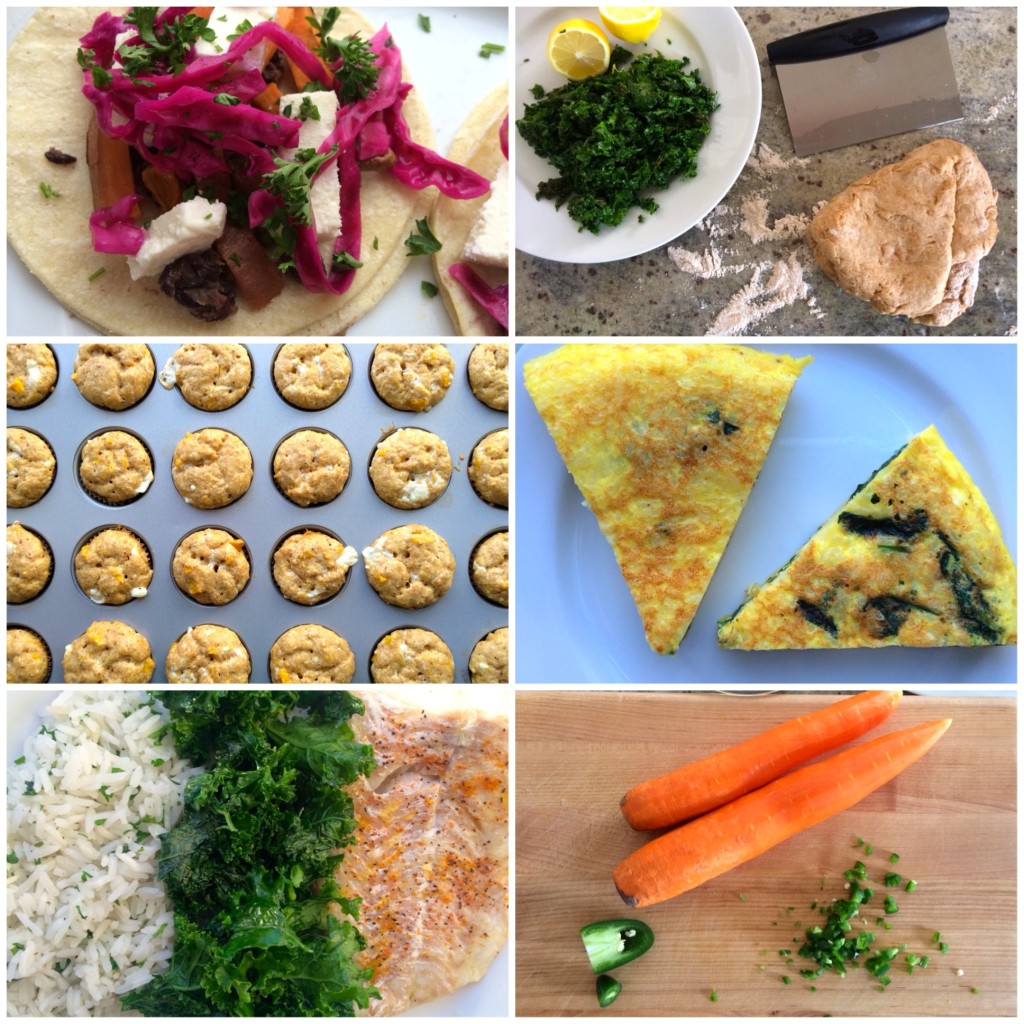
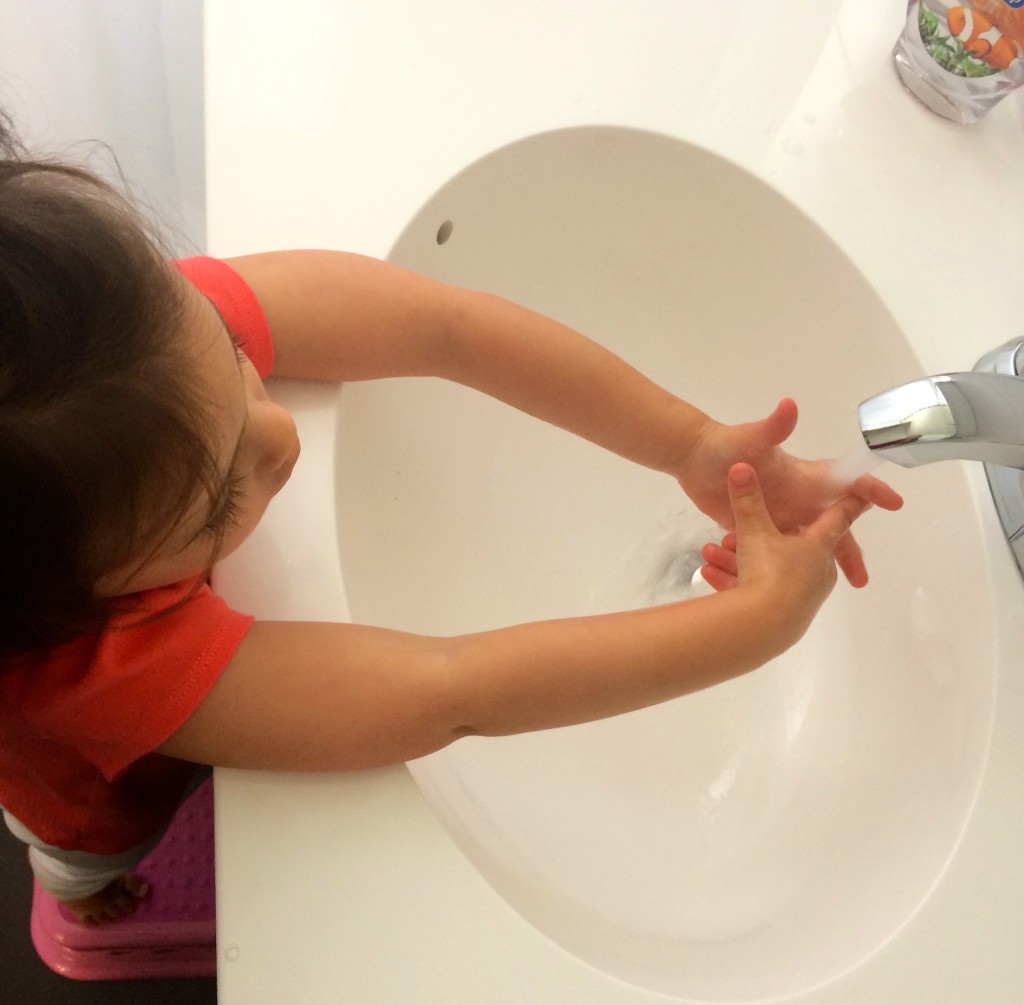
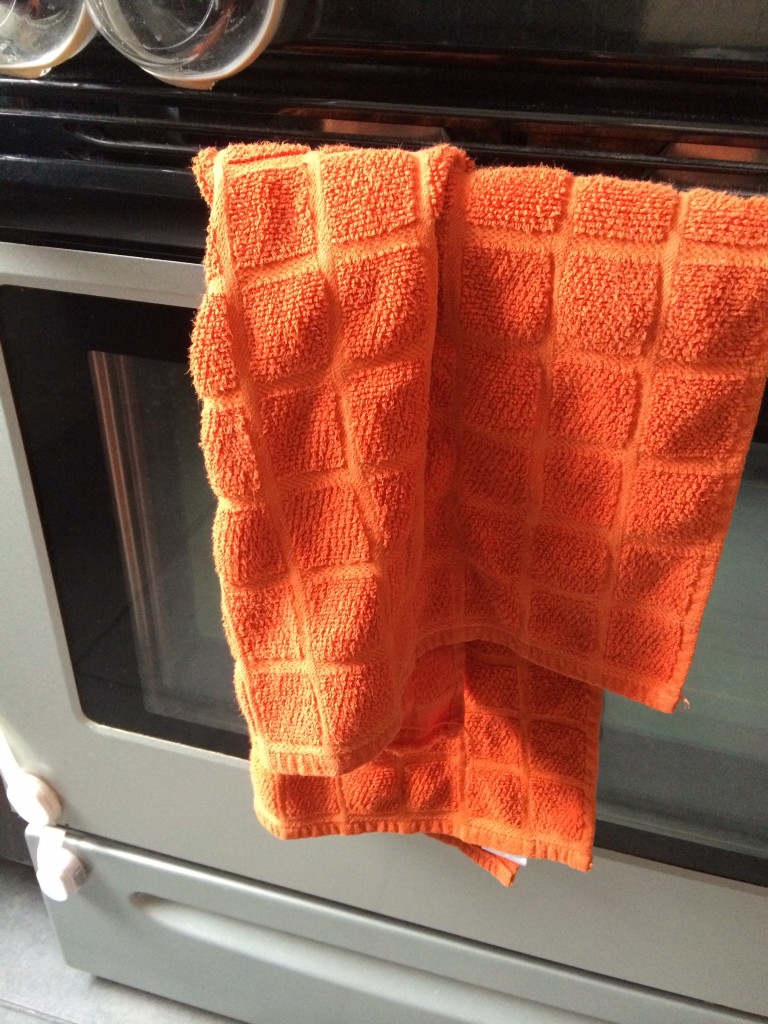
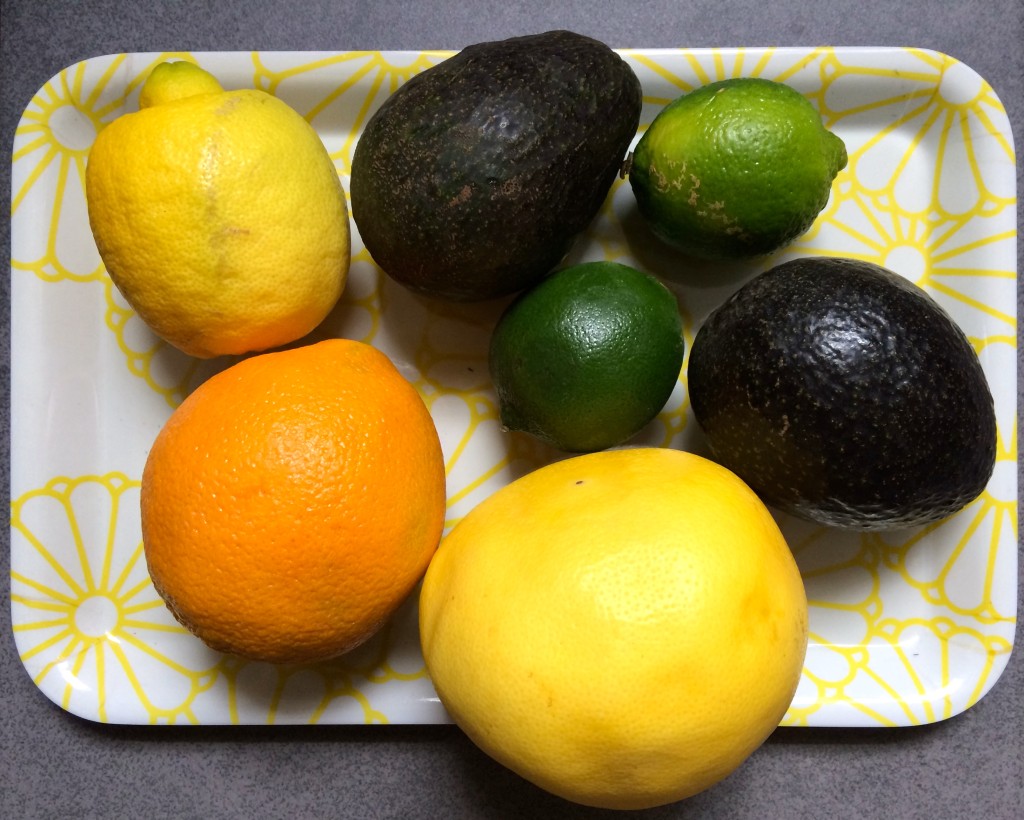
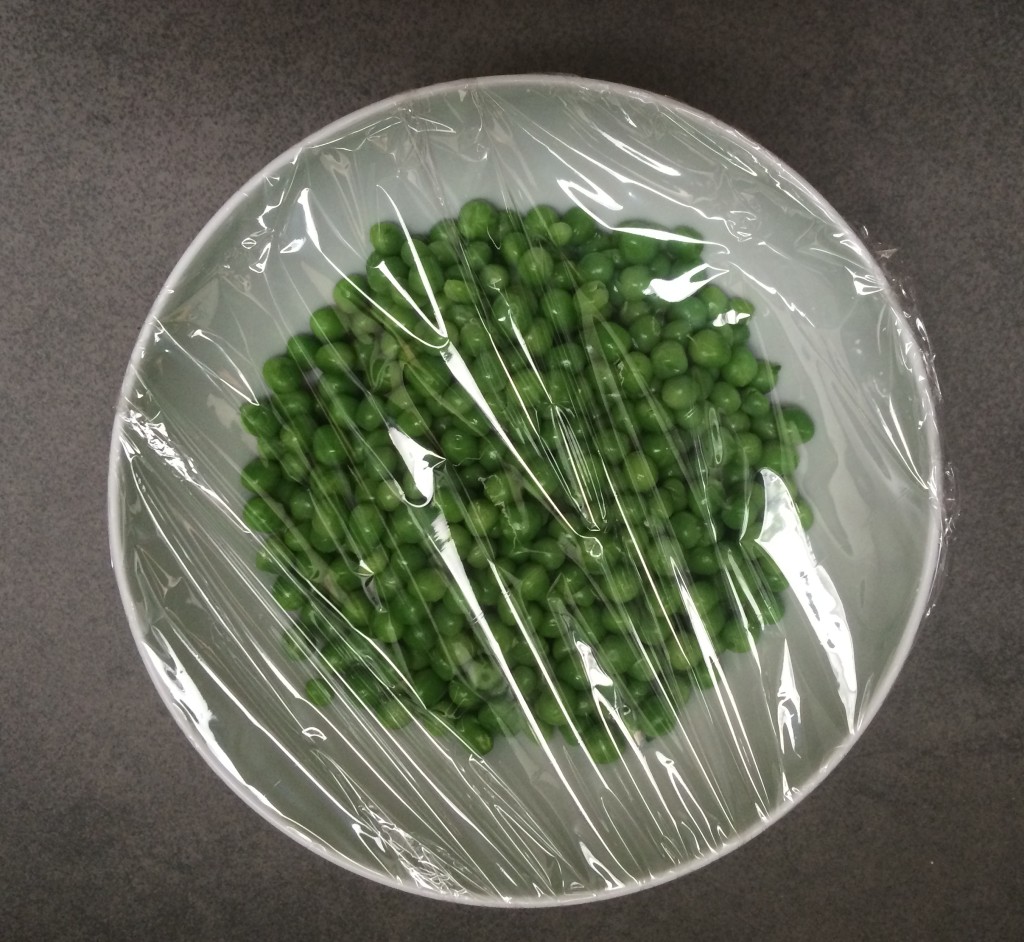
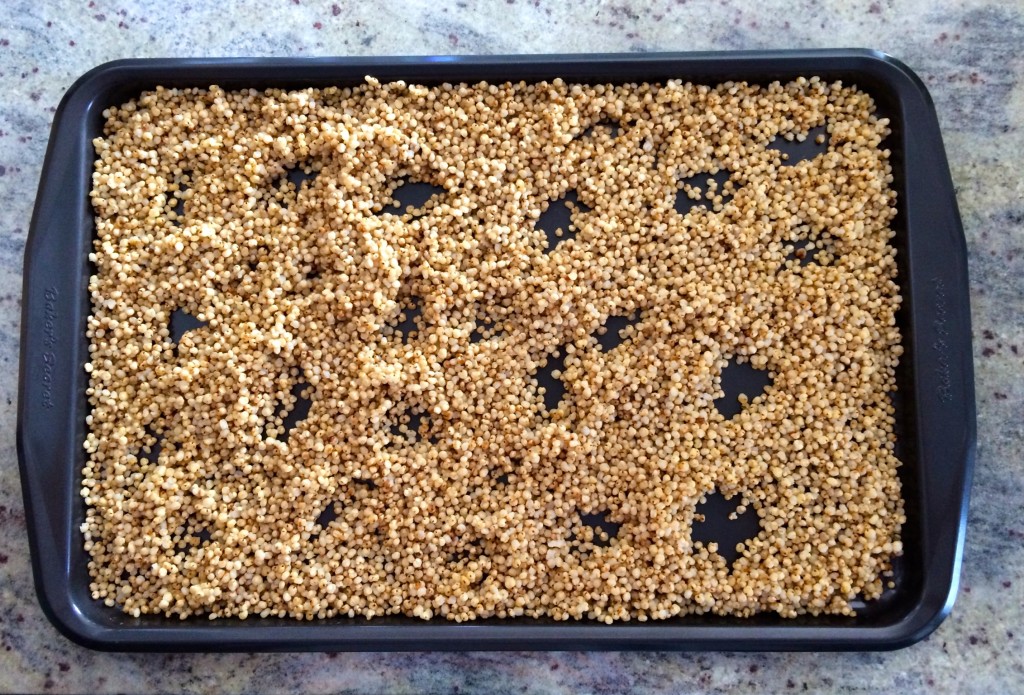
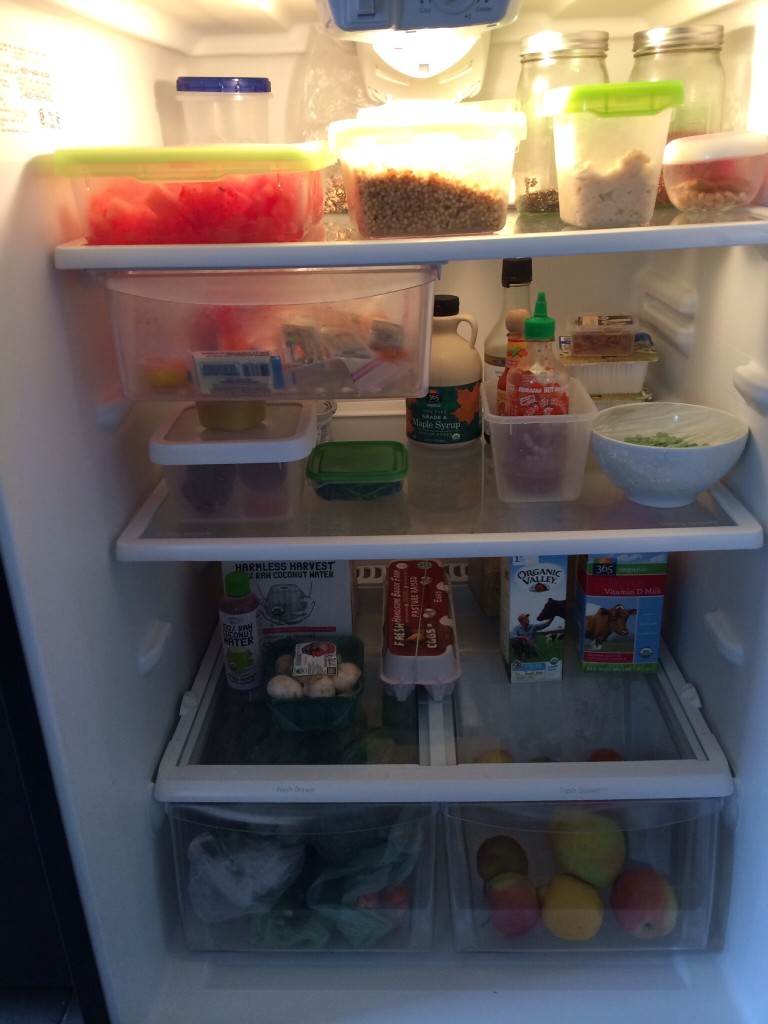


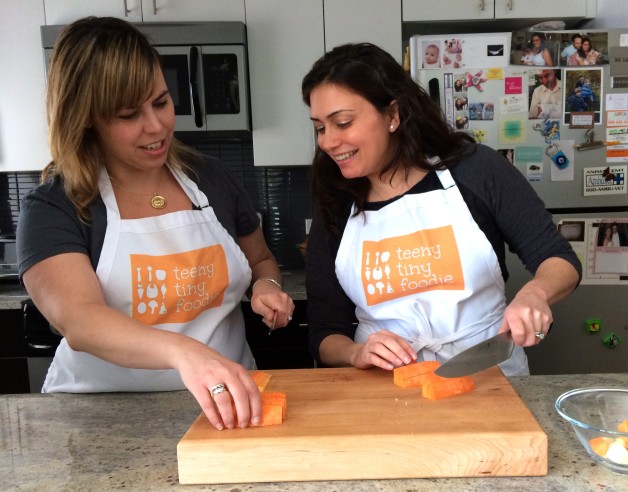














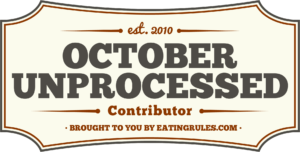


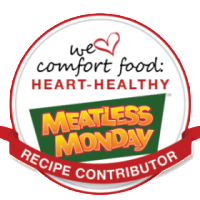


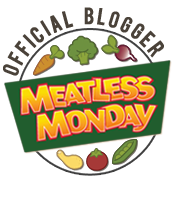







I can’t believe I didn’t know some of these things. Thanks for teaching me! Our whole household will be safer now.
I was surprised by some of what I learned too, Stacey. I always washed off lemons before zesting them but never my avocado before peeling it etc. Now I do. 😉
Thank you so much for all your tips on organizing food.
My pleasure!